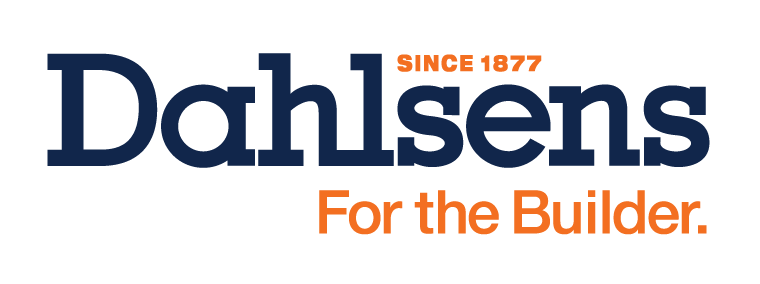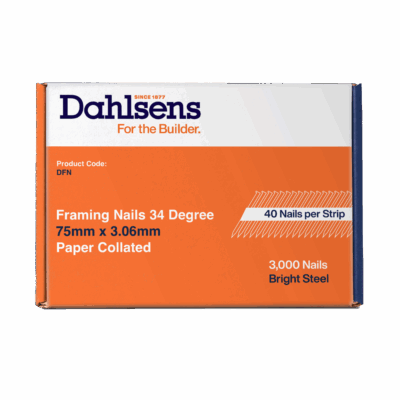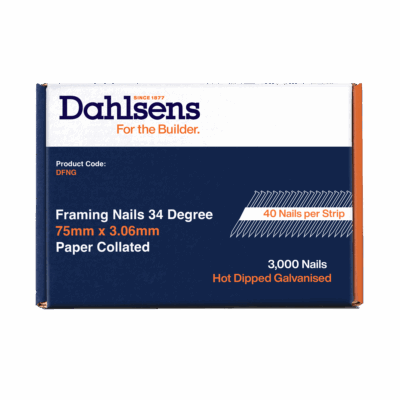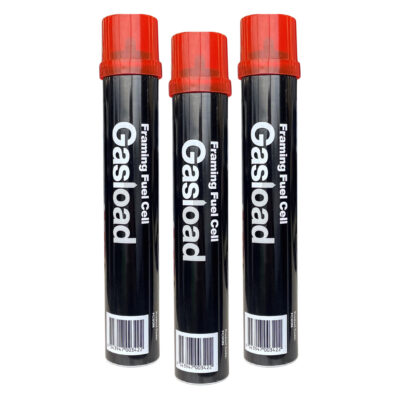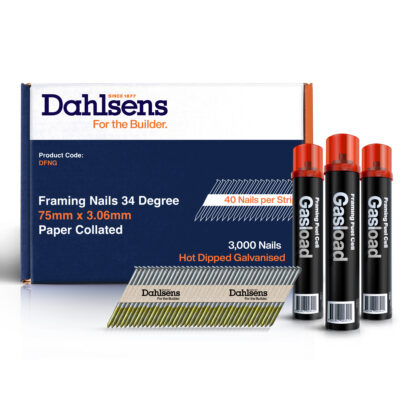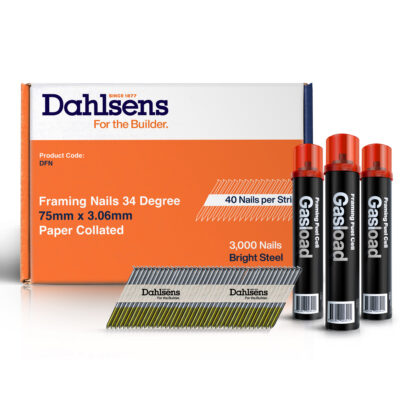Strong, sustainable and flexible to work with, framing timber is the ideal building material for residential projects. At Dahlsens, we partner with some of Australia’s largest and most trusted soft wood producers, to supply builders across New South Wales, Victoria and the Australian Capital Territory with quality framing timber.
With a network of over 60 trade stores and truss and frame manufacturing plants, Dahlsens is one of the largest timber purchasers and resellers in Australia. The framing timber experts since 1877, our team of trade experts can provide personalised service and schedule your deliveries to suit your project lead times.
Our framing timber suppliers
Types of framing timber
Untreated framing pine
Untreated framing pine is timber that has not been subjected to any protective treatments. While this material is the most affordable option, upgrading to blue treated framing is a low-cost solution for providing protection against termite damage.
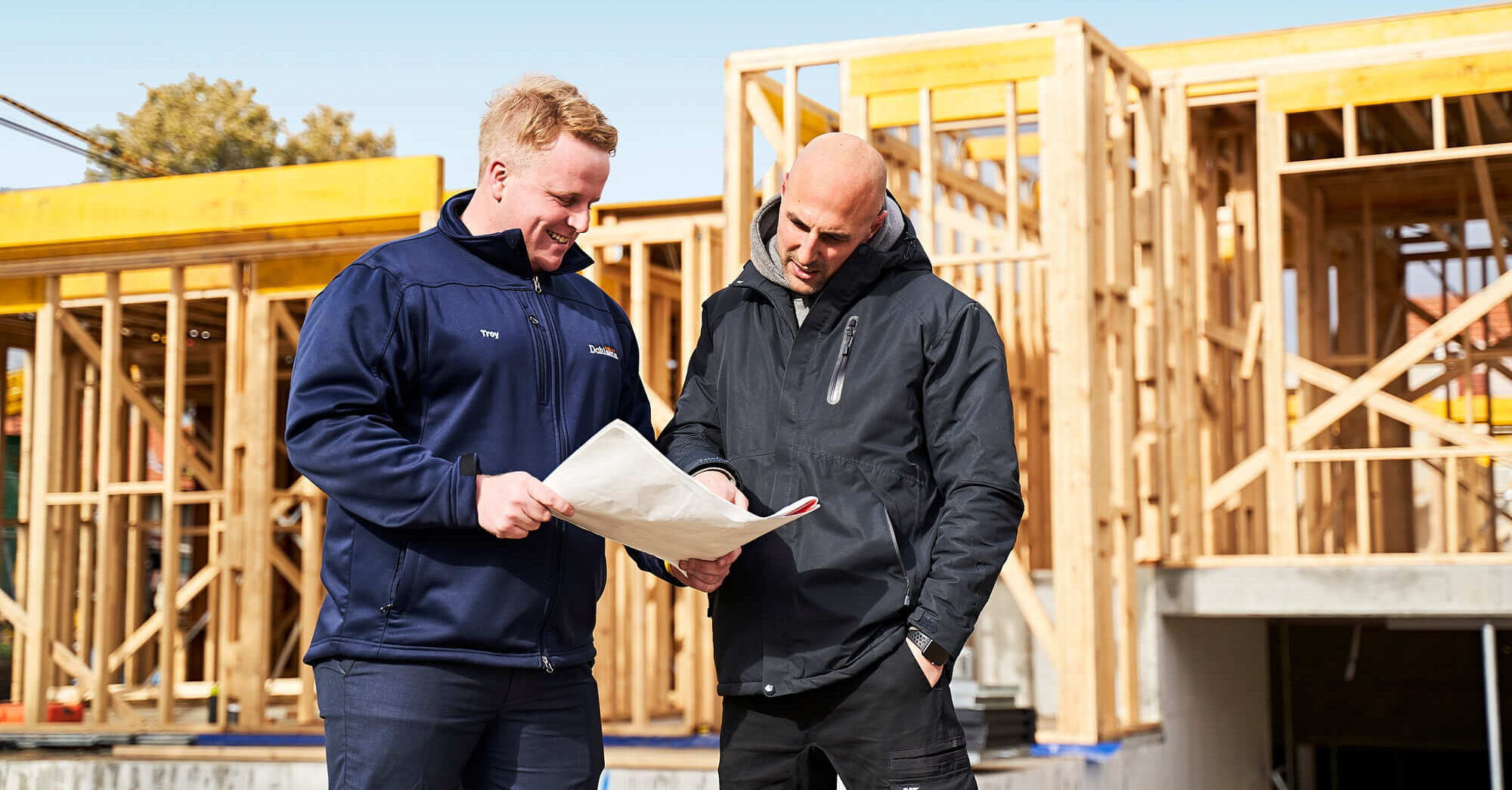
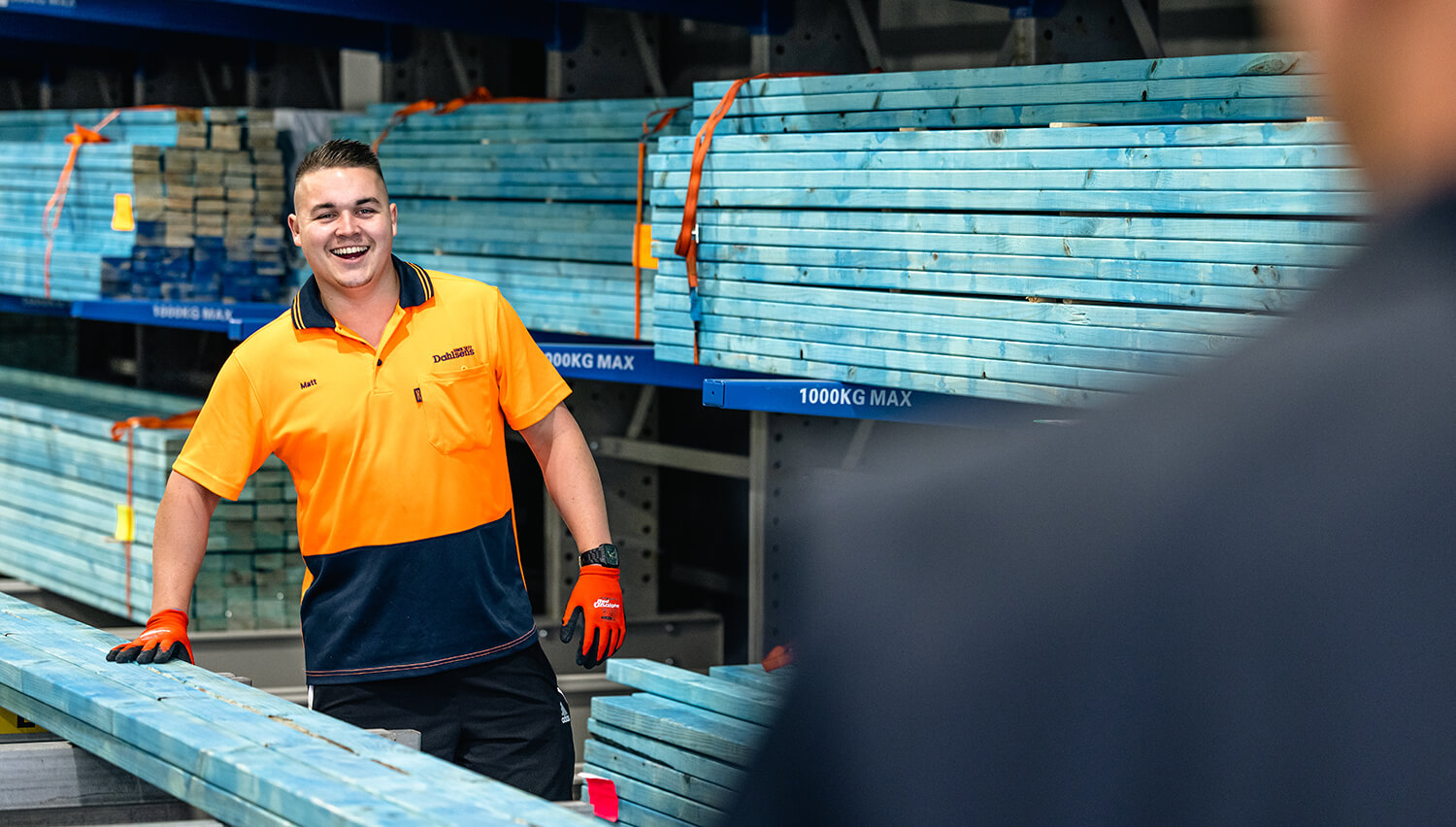
H2 blue treated pine
Treated with a non-hazardous active ingredient, H2 blue treated pine protects homes from termites, from the inside out.
Sourced from preferred supply partners to Dahlsens, Timberlink and Hyne Timber, that both offer a 25-year termite protection guarantee and have never recorded a failure due to termite damage.
Laminated veneer lumber (LVL)
For a timber option with exceptional strength, laminated veneer lumber (LVL) is an ideal solution. Created by bonding thin wood veneers under immense pressure and heat, LVL is a strong alternative to hardwood timber and steel, but is more cost effective. LVL is available for use as beams, internal framing timber and joists.
LVL internal framing
LVL internal framing is an ideal choice for builders looking for predictable performance. Much less likely to be affected by the weather, LVL retains its straightness once installed, meaning less time spent straightening walls. LVL framing is also protected against termites and is moisture resistant, thanks to its Weather Shield coating. Manufactured to Australian Standards, MeyWALL is equivalent to MGP 10 when used in stud and plate applications.
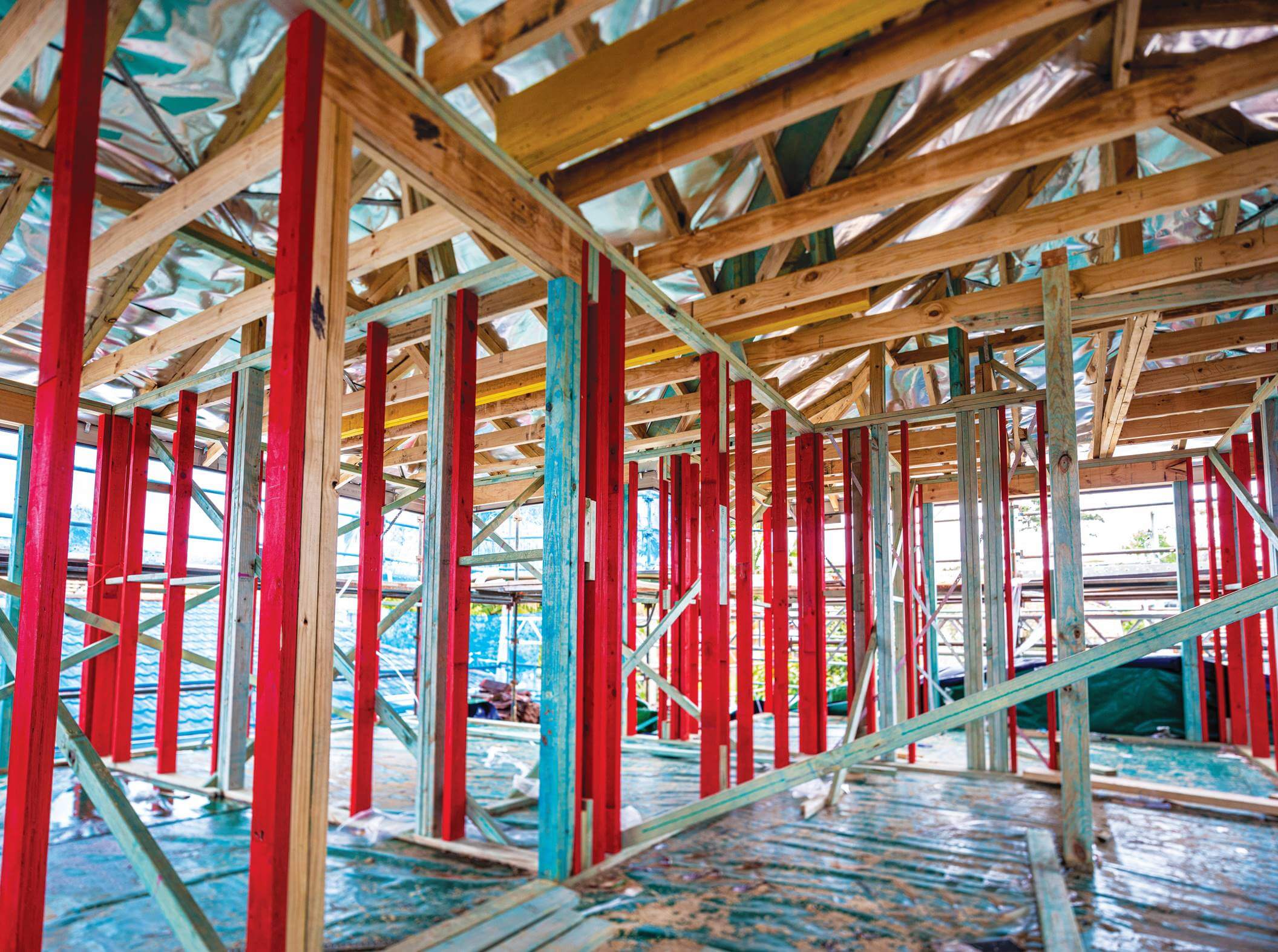
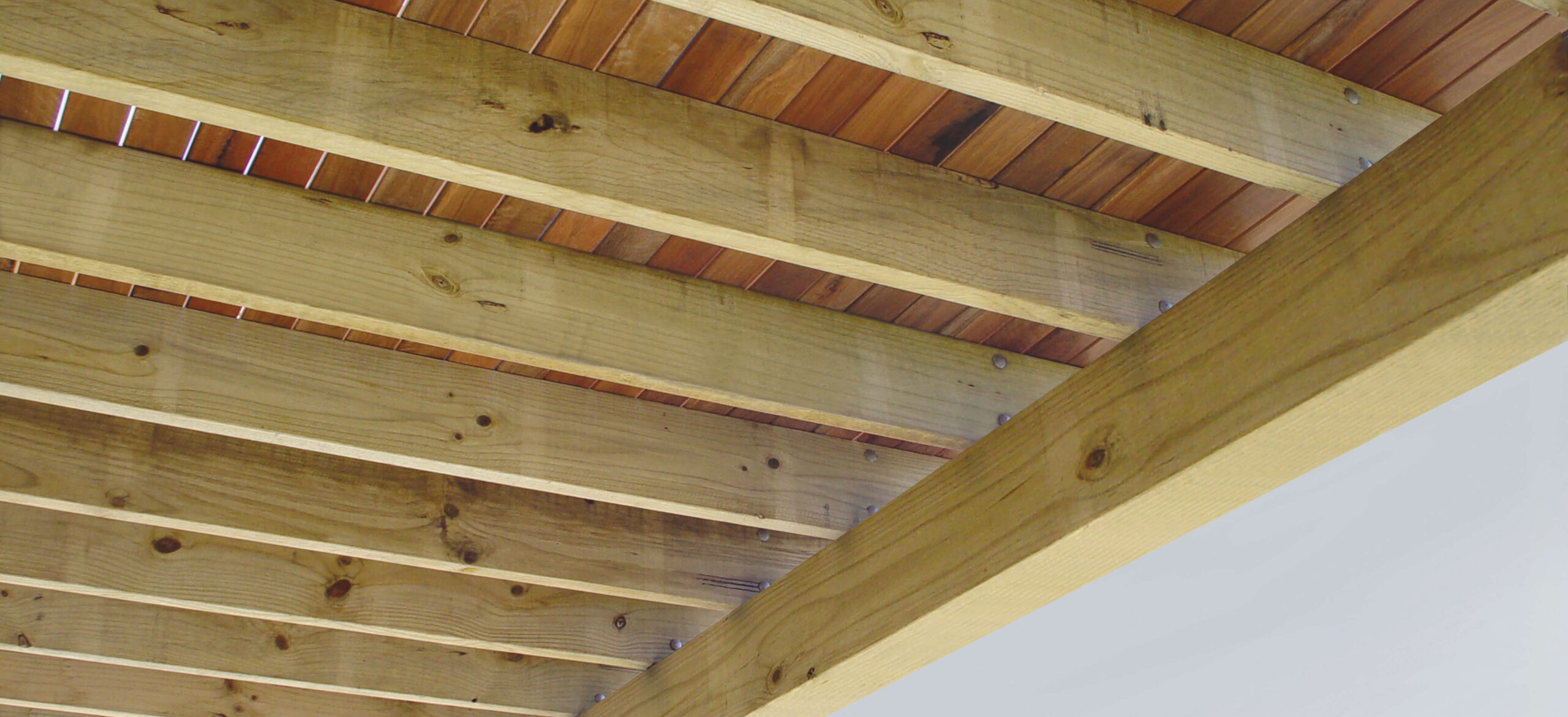
H3 treated timber
Ideal for external projects, H3 treated timber is a safe alternative to CCA treated timber. With termite and fungal resistant properties, this timber is strong, safe and long-lasting.
H4 eXtreme Timber
eXtreme Timber outdoor engineered wood products are ideal for external building and structural components such as posts, deck bearers, joists, pergola beams and similar outdoor applications. Preprimed, eXtreme Timber is backed by a 50 year warranty.
For those extremely low decks where standard bearers and joists just won’t cut it, turn to H4 treated eXtreme Joist. It is suitable for applications where timber will come in contact with the ground, while also offering protection against insect attack and fungal decay.
eXtreme Joist has options for all applications, whether it’s laying directly over patio, concrete balcony or a new external deck. It is also double primed for added protection against moisture ingress.
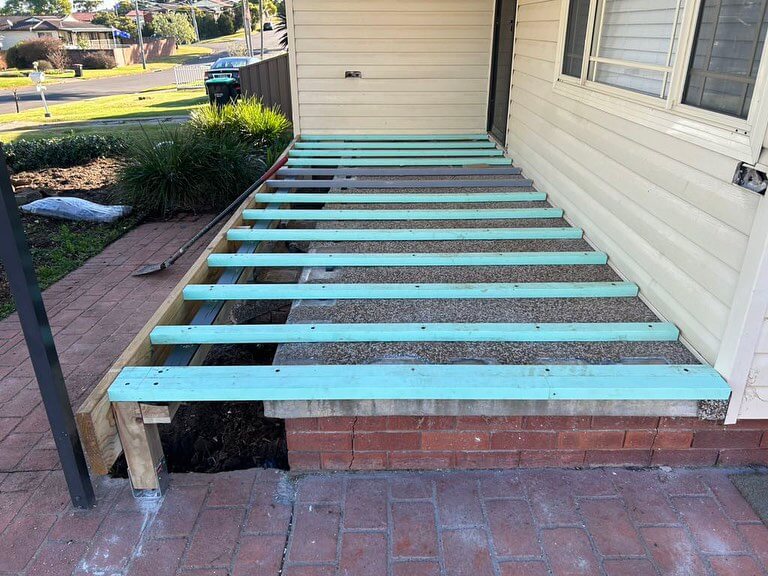
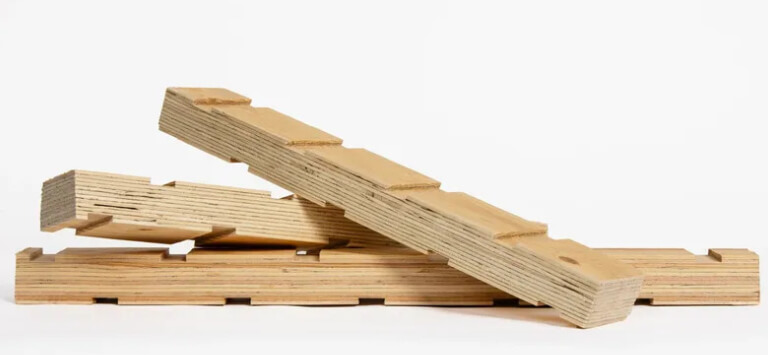
Highwood HighFlow cavity battens
Highwood castellated LVL cavity and roof battens assist with meeting and exceeding NCC 2025 ventilation requirements by improving condensation management, HighFlow cavity battens offer superior protection against moisture-related issues by significantly improving drainage, airflow and structural integrity – all in a single, engineered timber solution.
Highwood battens are suitable for timber and steel framing. They come in long convenient lengths of 3.6m and, as they are structural, there is no need to cross batten which saves time and material.

Timber vs steel
Timber has a competitive edge over steel based on a variety of factors:
- As well as being sustainable and environmentally friendly, the entire production process of timber is more energy efficient when compared to steel
- While a key benefit of steel is its immunity to termites, termite treated pine also offers a high level of termite resistance
- Timber framing can be easily modified to suit any scope changes on site. Prefabricated steel framing does not offer the same convenience
- Timber is easy to work with, and does not require specialist trades on site
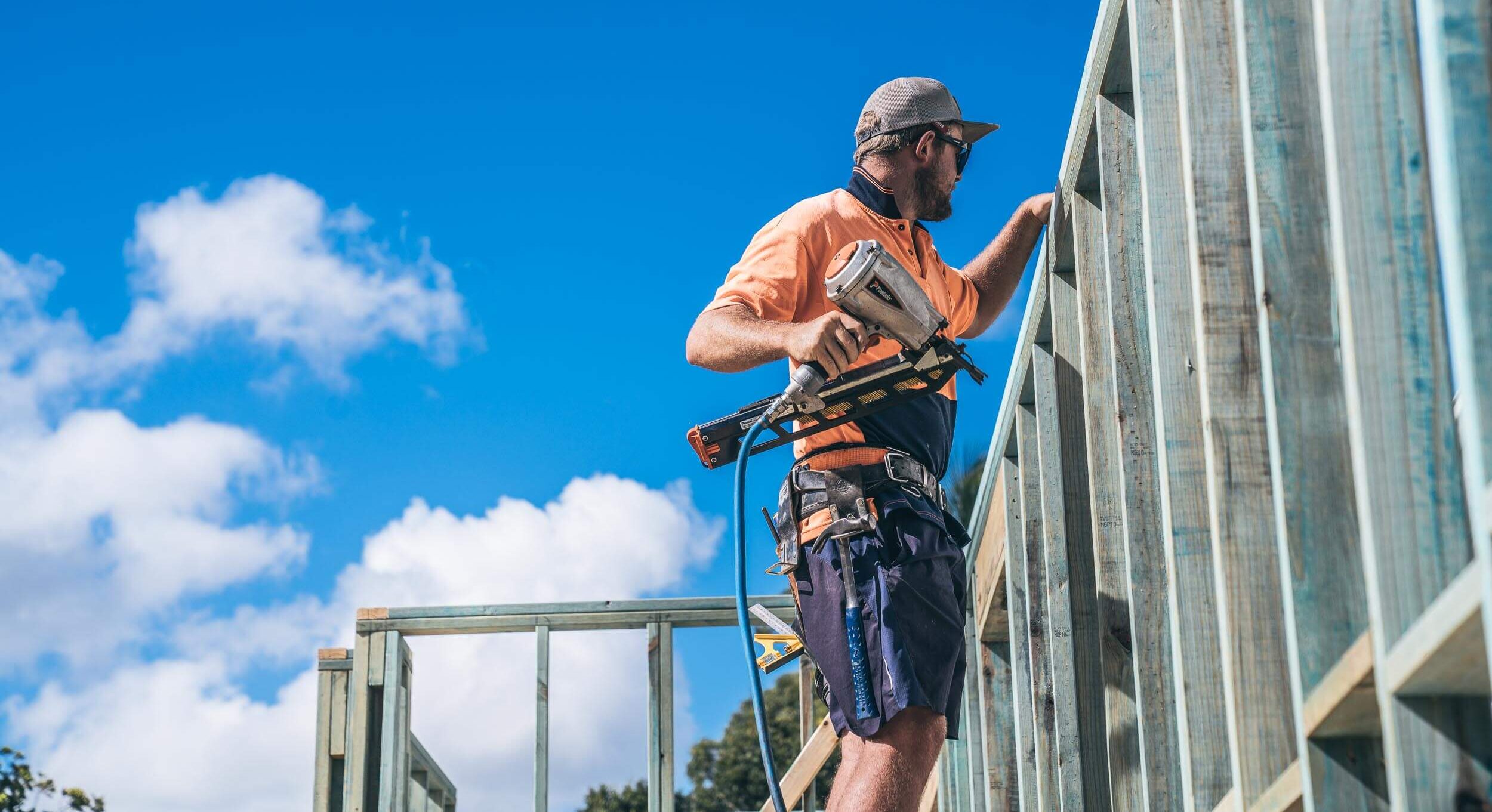
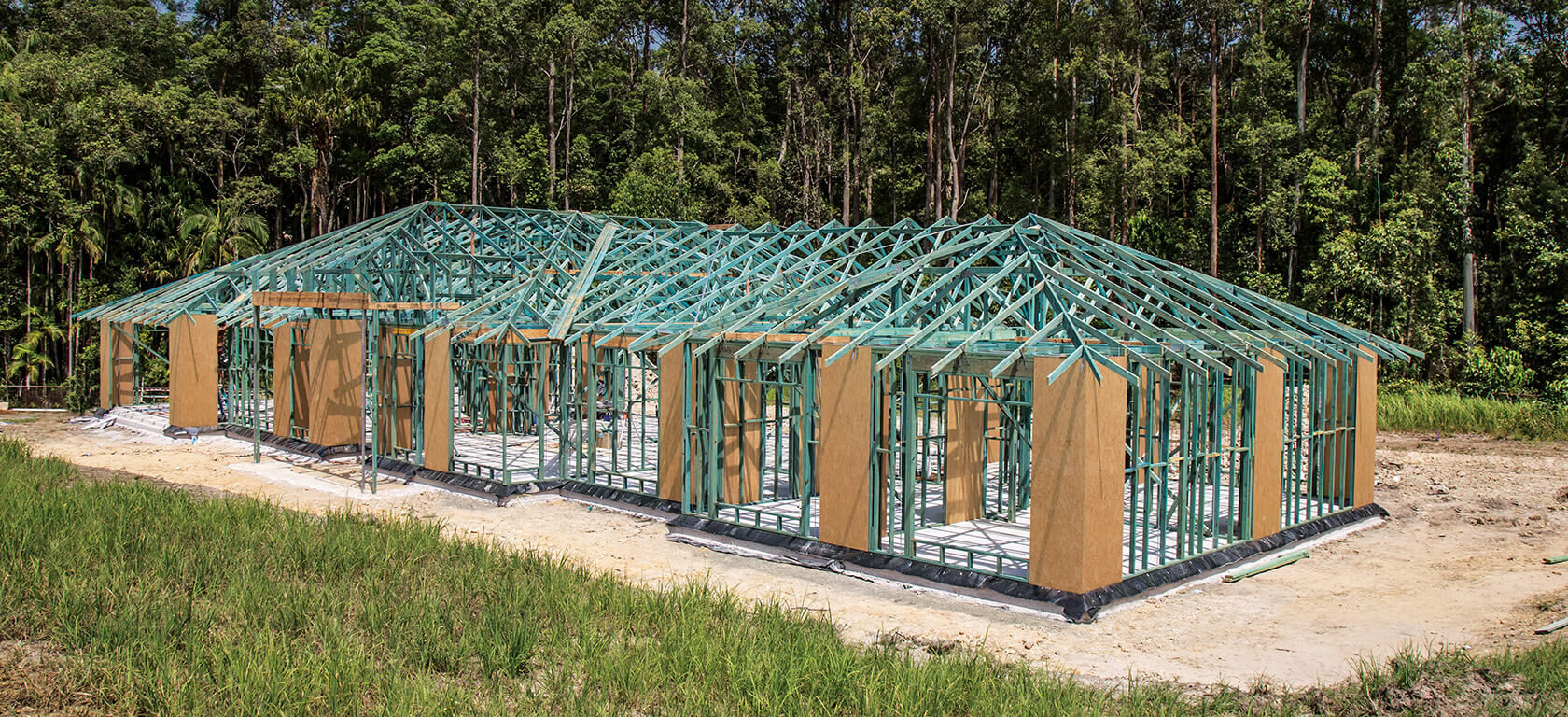
Stick build vs prefabricated truss and frame
Whether your preference is to stick build a frame or use prefabricated truss and frame, Dahlsens has a solution to meet your needs.
Dahlsens saves you money on build times, labour costs and wastage by supplying prefabricated frames engineered to your exact specifications. Prefer the flexibility of stick builds? No problem. We can supply framing pine straight to site to get you started.
Framing timber sizes
Pine framing sizes
| Sizes (mm) | 70x35, 90x35, 140x35, 190x35, 70x45, 90x45, 140x45, 190x45, 240x45 |
| Lengths (mm) | 2.4 to 6.0m 300mm increments |
| Grades | F5, F7, MGP10, MGP12, non-structural (merch) |
| Treatment | Untreated and H2 |
H3 treated timber
| Sizes (mm) | 35x70, 35x90, 35x140*, 35x190*, 45x70, 45x90, 45x140, 45x190, 45x240, 45x290 (*Not stocked at all stores) |
| Lengths (mm) | 3.6 to 6.0m 600mm increments |
| Grades | F7/MGP10 product is a mix of these two grades |
LVL framing sizes
| Sizes (mm) | 90 x 35, 90 x 45 |
| Lengths (mm) | 2.4m, 2.7m, 3.0m, 4.8m, 5.4m, 6.0m |
| Grades | MGP10 and MGP12 equivalent when used in wall frame applications only |
Related framing timber products
Sustainability
Timber has a low carbon footprint and is the world’s most environmentally friendly building material. As it grows, timber naturally absorbs carbon (greenhouse gases) from the atmosphere.
Using timber as a building material locks the carbon into the timber for the life of the build. Manufacturing timber also uses significantly less fossil fuel energy than other building materials such as steel or concrete.
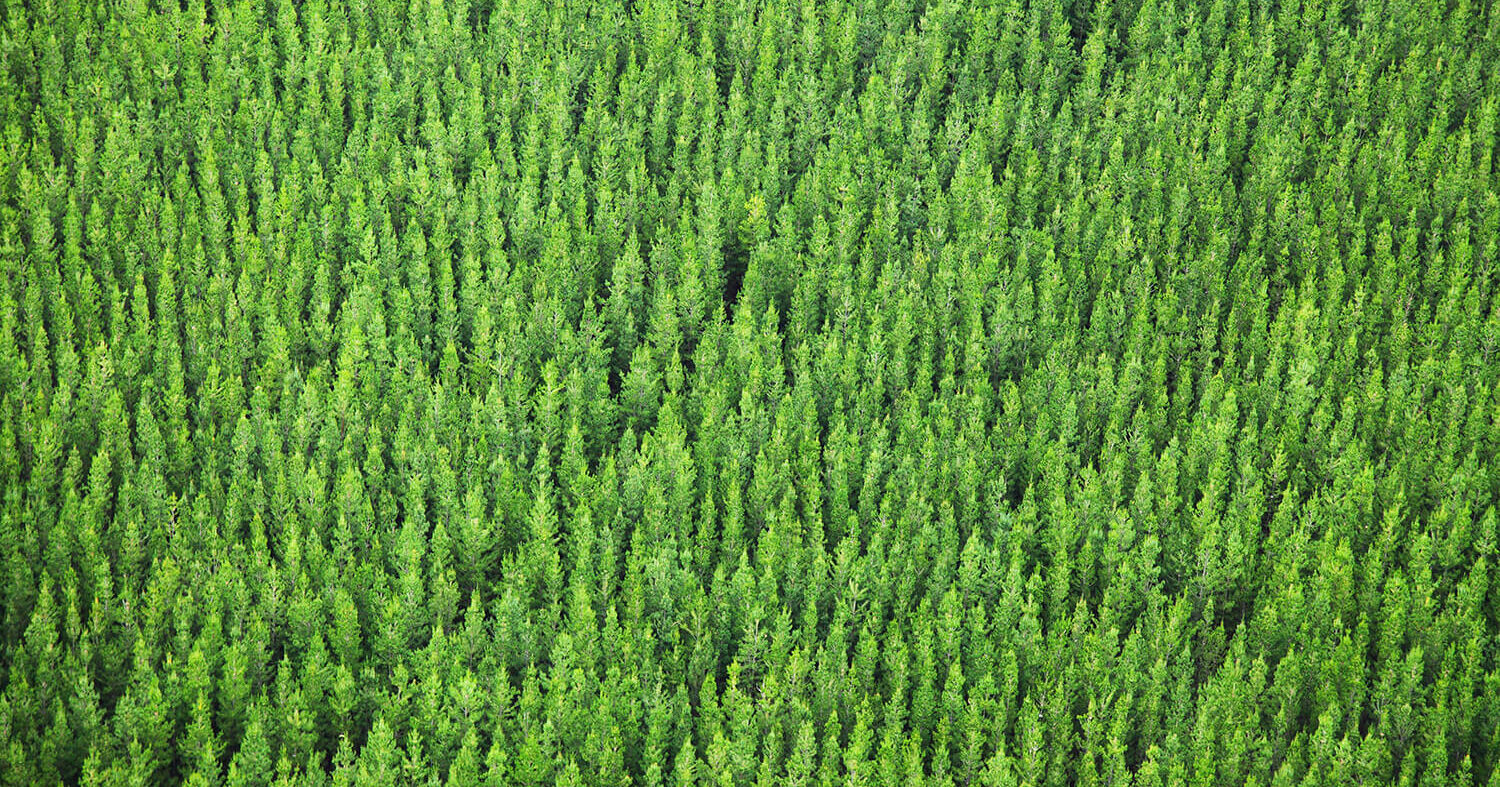
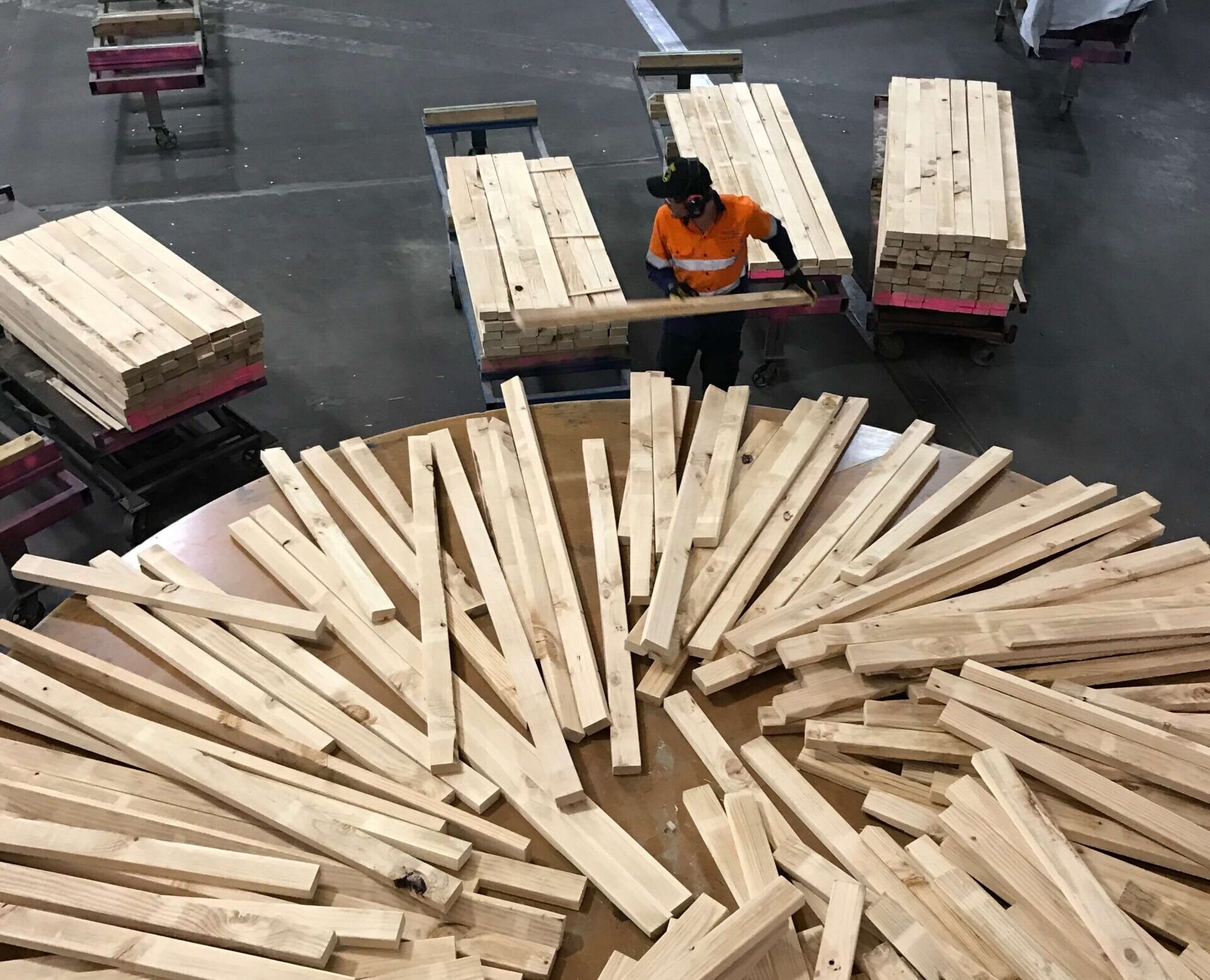
Pine framing, the manufacturing process
Manufacturing pine framing, timber mills use a variety of innovative technologies and processes to ensure only the best sticks of timber make it to your site.
3D scanning
To identify the best cutting plan for each piece of timber, laser scanners are used to 3D model each log entering the mill.
Cutting
The log is repeatedly scanned between cuts to ensure it produces the maximum number of planks. With sustainability in focus, the whole log is used with any remaining wood recycled for commercial and household products.
Kiln dried & sorted
Each plank undergoes an automated sorting process based on its density. The timber is kiln dried until it has an equilibrium moisture content of approximately 11%. After drying, planks are bend tested and graded using artificial intelligence.
Framing Timber FAQs
What timber do you use for framing?
You can use either pine or LVL for framing. At Dahlsens, we offer a range of quality timbers for framing, including pine, treated pine, and engineered timber products. Our most popular option for framing is H2 blue treated pine, which offers great strength and durability. For more specialised needs, we also supply laminated veneer lumber (LVL) and MGP (machine-graded pine), perfect for a variety of framing applications.
Can I use untreated pine for framing a house?
Untreated pine can be used for framing a house, however it’s not suitable, particularly in areas where it will be exposed to moisture, pests, or weather conditions. It’s best to use treated timber like H2 blue treated pine for framing, as it is specifically designed to resist decay and termites, ensuring the integrity and longevity of the structure.
What is the best wood to frame a house?
The best wood for framing a house typically depends on the scale of the project and your preferences. Treated pine, particularly H2 blue treated pine, is a durable, cost-effective, and reliable option for most residential builds, offering resistance to termites and decay. For more demanding applications, such as longer spans or load-bearing walls, laminated veneer lumber (LVL) is an excellent choice due to its superior strength and stability. While pine framing is an affordable and dependable solution, LVL offers enhanced strength for heavier-duty projects.
What are the benefits of using H2 blue treated pine for framing?
H2 blue treated pine is specifically designed for above-ground applications, making it ideal for framing. It offers excellent resistance to termites and decay, ensuring your structure is protected for years to come. The treatment also helps maintain the timber’s strength and durability, even in harsh environmental conditions, without compromising its ease of use or cost-effectiveness.
How does H3 treated timber differ from H4 eXtreme Timber in framing applications?
H3 treated timber is ideal for use in external applications where the timber is exposed to moderate levels of moisture or insects, like pergolas or decks. On the other hand, H4 eXtreme Timber is treated to provide maximum protection against severe conditions, making it perfect for use in ground contact and in areas exposed to heavy moisture or termite risk, such as in framing near the soil.
Can laminated veneer lumber (LVL) be used for structural framing?
Yes, laminated veneer lumber (LVL) is an excellent option for structural framing. It is a high-strength engineered wood product that is ideal for load-bearing walls, beams, and floor joists. LVL is strong, stable, and resistant to warping, making it a great choice for applications requiring long spans or support for heavy loads.
What factors determine the best framing timber size for a project?
The best framing timber size depends on several factors, including the type of structure, the load requirements, and the span of the beams or joists. The size of the timber must be able to support the weight of the building and any additional loads, while also meeting local building code requirements. Consulting a structural engineer can help ensure the correct size is selected for your project.
Can I mix treated and untreated timber in the same frame structure?
It is not recommended to mix treated and untreated timber in the same frame structure, particularly in areas exposed to moisture or pests. Untreated timber is more susceptible to decay and insect damage, which could affect the integrity of the structure. It’s best to use treated timber throughout the framing to ensure durability and compliance with building standards.
Are there specific framing timbers recommended for cyclone-prone areas?
In cyclone-prone areas, it’s essential to use H2 blue treated pine or H3 treated timber for above-ground framing, as these offer resistance to termites and moisture. Additionally, engineered timber products such as LVL can provide enhanced strength and stability. The timber must also be used in conjunction with appropriate bracing, anchoring, and building techniques to meet cyclone-resistant building codes.
What certifications should framing timber have for compliance in Australia?
Framing timber in Australia should be certified to meet AS/NZS 2269 (for plywood), AS 1748 (for laminated veneer lumber), and relevant treatment standards such as AS 1604 for treated timber. These certifications ensure the timber is of high quality, treated correctly, and complies with Australian standards for safety, durability, and environmental responsibility.

